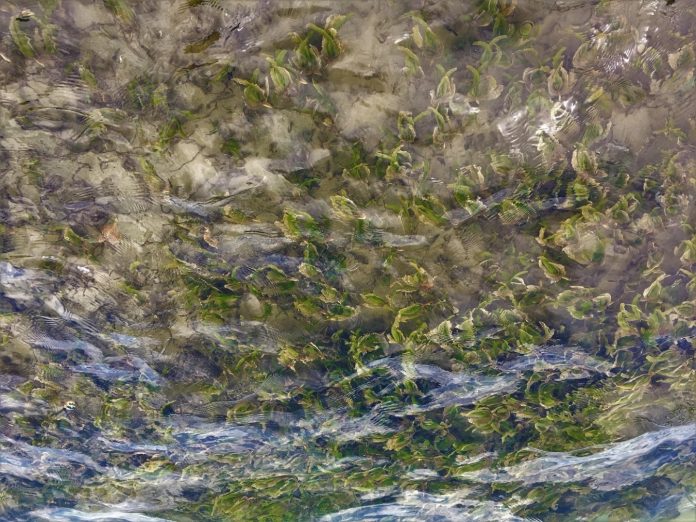“People can’t think of Inhaca without thinking about seagrass,” says Salamao Bandeira of Maputo’s Eduardo Mondlane University, knee-deep in the shallow waters on the seaward side of Maputo Bay, as he points at the shores of Inhaca Island.
Nearby, residents are submerged waist-deep in the sea, taking advantage of the low-tide to fish in the current or hunt for clams and crabs in the seagrass.
“It means a lot to the people here—it’s not just a resource, it’s part of the way of life,” he adds.
Indeed, seagrass helps sustain life here in the Maputo and Inhambane bays of Mozambique. The shrimps, sea cucumbers, clams and crabs found among these underwater meadows are a source of food and employment for local communities, says Bandeira.
But experts warn that destructive shellfish harvesting—along with the flooding and sedimentation from rivers emptying into the bay—are destroying seagrass beds at a rapid rate. Research indicates that 86 per cent of seagrass meadows have been lost in the northwest of Maputo Bay alone—putting local culture, jobs and food security at risk. Read more>>



